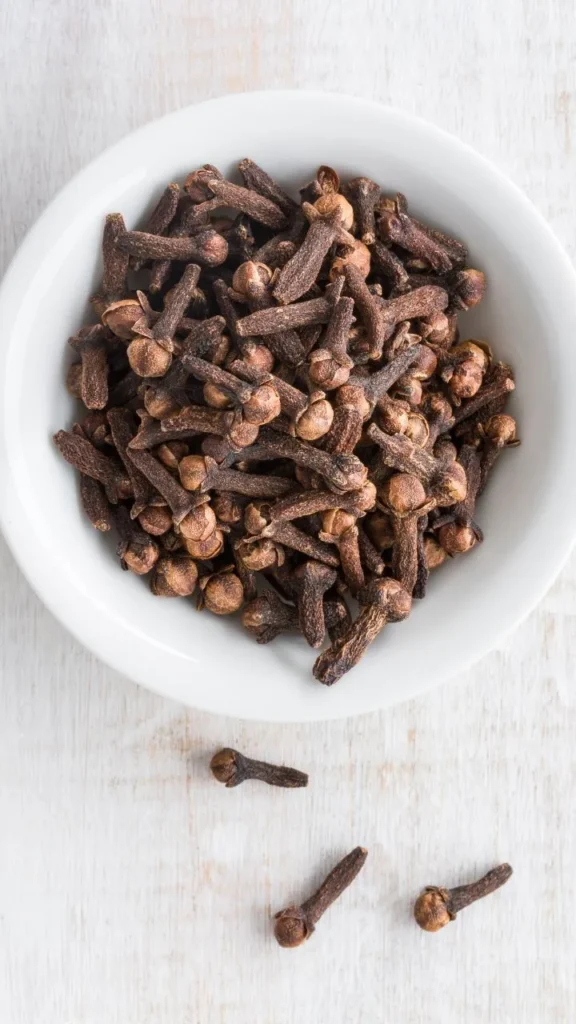
Indonesia is renowned as the “Spice Islands” with a rich spice heritage that has influenced global trade routes and culinary traditions for thousands of years. This article explores the long history of the archipelago’s spice trade, highlighting four premium commodities—nutmeg, clove, cassia cinnamon, and cardamom and their critical roles in Indonesian cuisine, cultural significance, modern challenges, and sustainable opportunities to enhance local farmers’ welfare.
Historical Background
The spice trade of the Indonesian archipelago flourished long before European explorers arrived. As early as 1400 BC, the people of Maluku harvested and traded nutmeg and cloves for food preservation and traditional medicine. By the 16th century, the Portuguese became the first Europeans to purchase spices directly from the Spice Islands, followed by Dutch and English fleets over the next decades.
The Spice Islands and Their Treasured Commodities
- Nutmeg (Myristica fragrans)
Once considered one of the rarest and most valuable spices in the world, nutmeg grew almost exclusively in the Banda Islands until the 19th century. Its warm flavor and distinct nutty aroma made it a symbol of luxury in medieval Europe.
- Clove (Syzygium aromaticum)
Cloves, aromatic flower buds native to Maluku, are prized for their sweet, spicy fragrance and antimicrobial properties. In the 17th century, the Dutch East India Company (VOC) monopolized the clove trade, emphasizing its significance in the colonial economy.
- Cassia Cinnamon (Cinnamomum cassia)
The Korintje variety cultivated in Sumatra produces cassia cinnamon with a rich sweet-spicy flavor profile. Today, Indonesia is one of the leading exporters of Korintje cinnamon, supplying the global food and pharmaceutical industries.
- Cardamom (Elettaria cardamomum)
Green and black cardamom are grown in the highlands of Central Java, especially in the Dieng Plateau and Magelang regions. Green cardamom is noted for its sweet floral aroma, while black cardamom offers a distinctive smoky and earthy nuance.
The Role of Spices in Indonesian Cuisine
These spices form the backbone of Indonesian culinary arts, creating layers of complex flavors. For example, soto ayam (chicken soup) combines cassia cinnamon, nutmeg, and cloves to craft a rich, aromatic broth. Likewise, traditional kopi tubruk (brewed coffee) in Java often incorporates cardamom to add an exotic touch to daily life.
Cultural Significance and Modern Trends
Beyond the kitchen, spices are deeply rooted in traditional practices like jamu herbal tonics showcasing the medicinal properties of spices, including cardamom, which now enjoys growing popularity as a health beverage internationally. Global restaurants and wellness brands are increasingly exploring the nutraceutical potential of Indonesian spices.
Challenges and Opportunities
Spice farmers face climate change impacts that affect crop yields, alongside the volatility of global market prices. However, rising demand for organic and fair-trade certified products presents new opportunities for smallholder farmers to secure better prices and broader market access. Empowerment initiatives, such as partnerships with sustainable agriculture volunteers, play a crucial role in strengthening the capacity and welfare of farming communities.
Conclusion
Indonesia’s spice heritage—from Banda’s nutmeg to Java’s cardamom—represents extraordinary cultural wealth and economic potential. Preserving traditional farming methods, promoting sustainable certification, and empowering local farmers are key to ensuring Indonesian spices continue to inspire global flavors and enhance the prosperity of Indonesian communities.
